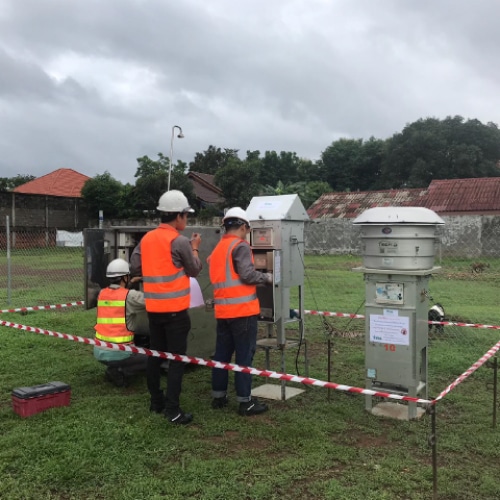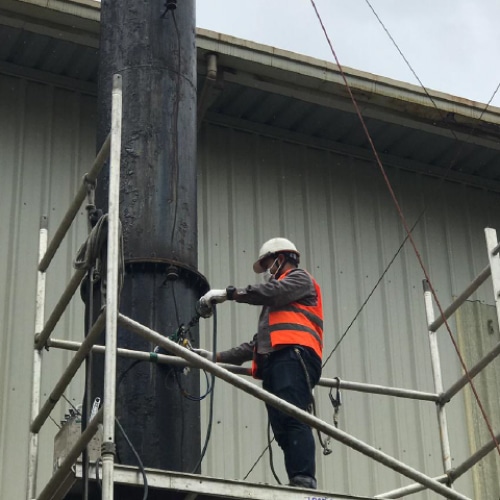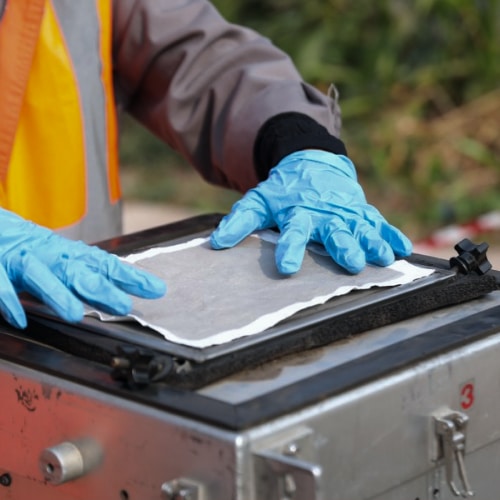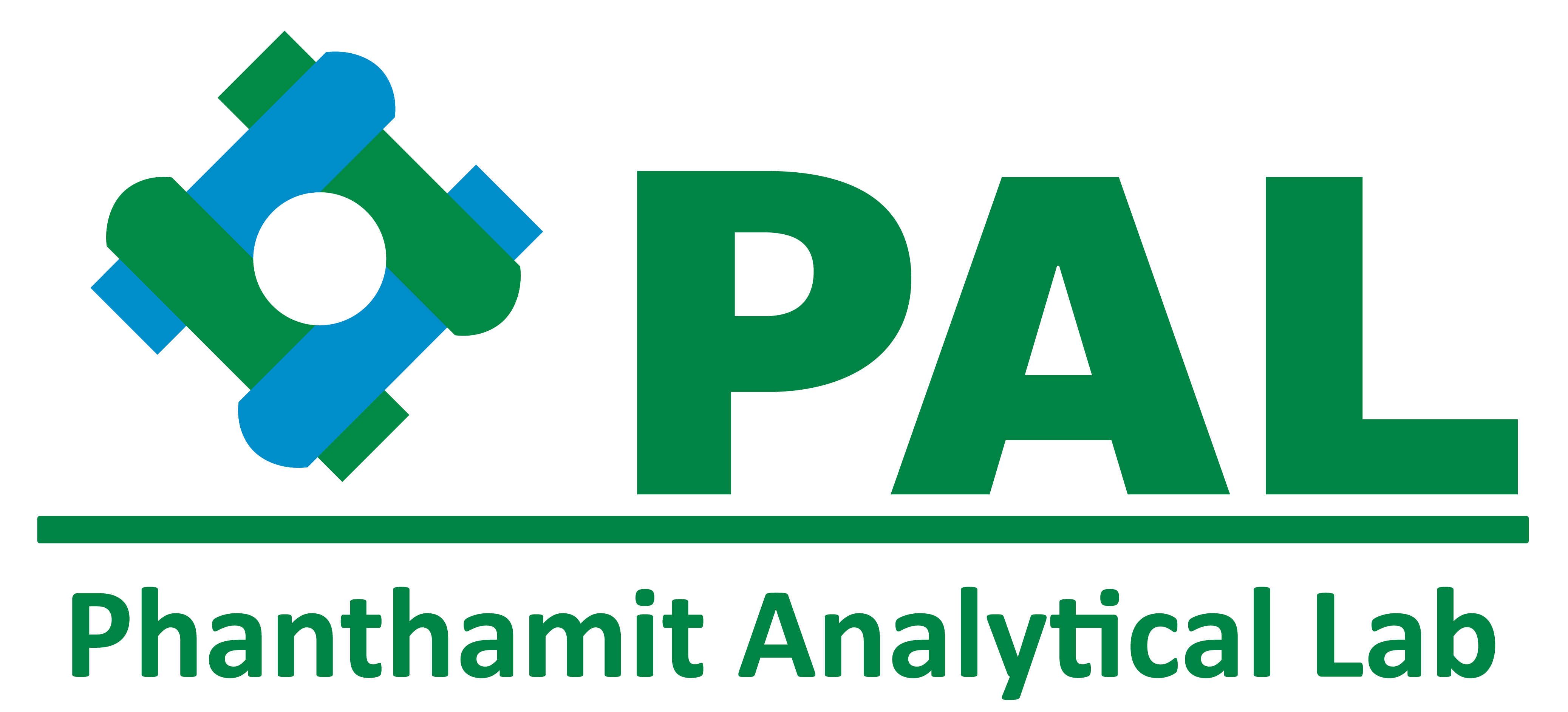Air Quality Analysis
Air Quality Analysis
Air pollutants can have harmful effects on human health and the environment, and air quality monitoring can help you maintain cleaner air. Different areas are prone to fluctuating levels of air quality during various times of the day and this is why it is important and recommended to monitor the levels.
Air pollutants can have harmful effects on human health and the environment, and air quality monitoring can help you maintain cleaner air. Different areas are prone to fluctuating levels of air quality during various times of the day and this is why it is important and recommended to monitor the levels.

Ambient Air quality
Ambient air quality criteria, or standards, are concentrations of pollutants in the air, and typically refer to outdoor air. The criteria are specified for a variety of reasons including for the protection of human health, buildings, crops, vegetation, ecosystems, as well as for planning and other purposes. There is no internationally accepted definition but usually “standards” have some legal or enforcement aspect, whereas “guidelines” may not be backed by laws. “Criteria/criterion” can be used as a generic term to cover standards and guidelines.Some of the most important parameters to measure in air quality are PM2.5, PM10, TSP, SO2, NOx, CO, and CO2. Each is described briefly below.

Ambient Air quality
Ambient air quality criteria, or standards, are concentrations of pollutants in the air, and typically refer to outdoor air. The criteria are specified for a variety of reasons including for the protection of human health, buildings, crops, vegetation, ecosystems, as well as for planning and other purposes. There is no internationally accepted definition but usually “standards” have some legal or enforcement aspect, whereas “guidelines” may not be backed by laws. “Criteria/criterion” can be used as a generic term to cover standards and guidelines.Some of the most important parameters to measure in air quality are PM2.5, PM10, TSP, SO2, NOx, CO, and CO2. Each is described briefly below.

Stack Emission Monitoring
Stack Emission monitoring is referred to as the air monitoring of an emission point. Normally, such monitoring is carried out on boiler stacks, exhausts from printers discharge from bag filters, thermal oxidizers, and is performed regularly.Stacks from boilers and industrial processes will carry pollutants such as SOx, NOx, particles, solvents, and other dust and gases. These can have a detrimental effect on local air quality and for this reason, such emissions are often regulated. Typically this regulation requires measurement of the concentration of these pollutants regularly, often referred to as periodic stack emission monitoring. The regular will usually set limits as to concentration (or mass flow) and the purpose of the monitoring will be to determine whether the emissions are below the limits.

Stack Emission Monitoring
Stack Emission monitoring is referred to as the air monitoring of an emission point. Normally, such monitoring is carried out on boiler stacks, exhausts from printers discharge from bag filters, thermal oxidizers, and is performed regularly.Stacks from boilers and industrial processes will carry pollutants such as SOx, NOx, particles, solvents, and other dust and gases. These can have a detrimental effect on local air quality and for this reason, such emissions are often regulated. Typically this regulation requires measurement of the concentration of these pollutants regularly, often referred to as periodic stack emission monitoring. The regular will usually set limits as to concentration (or mass flow) and the purpose of the monitoring will be to determine whether the emissions are below the limits.

Air quality for work area
Work area air pollution problem happens when a limited amount of fresh air is circulated throughout the work area environment; the air is circulated at too fast a rate within the workplace even when toxic substances are present in the air – be it from the internal or external workplace environment.
Several factors can cause work area air pollution, such as use of chemicals like formaldehyde in carpets and furniture; carbon monoxide given off by cigarette smoke and outside traffic; polychlorinated biphenyls contained in electrical transformers; radiation from building insulation; ozone from copiers; and solvents used in cleaners, glues, copiers; and the ventilation system itself.
Several factors can cause work area air pollution, such as use of chemicals like formaldehyde in carpets and furniture; carbon monoxide given off by cigarette smoke and outside traffic; polychlorinated biphenyls contained in electrical transformers; radiation from building insulation; ozone from copiers; and solvents used in cleaners, glues, copiers; and the ventilation system itself.
Here are examples of common working area air quality checking:Carbon dioxide (CO2), tobacco smoke…Dust, fiberglass, asbestos, gases, including formaldehydeToxic vapors, volatile organic compounds (VOCs)Gases, vapors, odorsMicrobial contaminants, fungi, molds, bacteriaOzone

Air quality for work area
Work area air pollution problem happens when a limited amount of fresh air is circulated throughout the work area environment; the air is circulated at too fast a rate within the workplace even when toxic substances are present in the air – be it from the internal or external workplace environment.
Several factors can cause work area air pollution, such as use of chemicals like formaldehyde in carpets and furniture; carbon monoxide given off by cigarette smoke and outside traffic; polychlorinated biphenyls contained in electrical transformers; radiation from building insulation; ozone from copiers; and solvents used in cleaners, glues, copiers; and the ventilation system itself.
Several factors can cause work area air pollution, such as use of chemicals like formaldehyde in carpets and furniture; carbon monoxide given off by cigarette smoke and outside traffic; polychlorinated biphenyls contained in electrical transformers; radiation from building insulation; ozone from copiers; and solvents used in cleaners, glues, copiers; and the ventilation system itself.
Here are examples of common working area air quality checking:Carbon dioxide (CO2), tobacco smoke…Dust, fiberglass, asbestos, gases, including formaldehydeToxic vapors, volatile organic compounds (VOCs)Gases, vapors, odorsMicrobial contaminants, fungi, molds, bacteriaOzone
